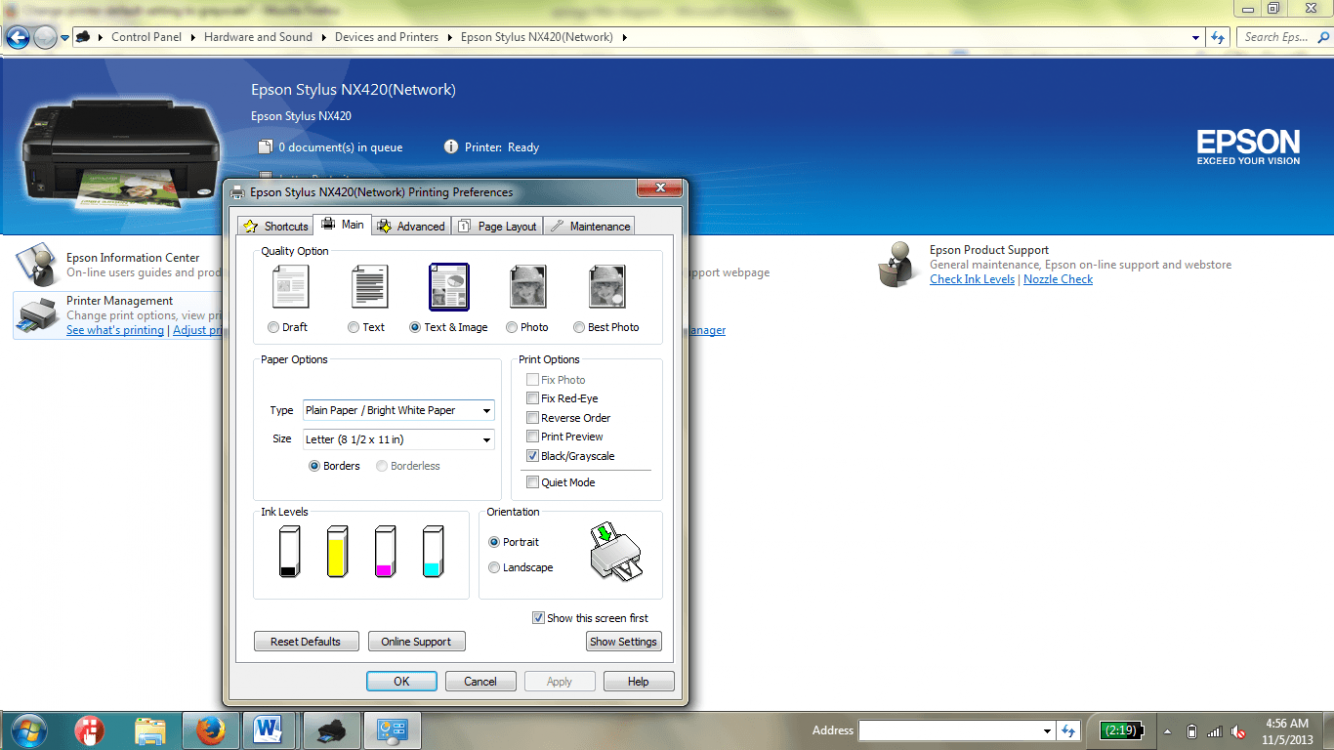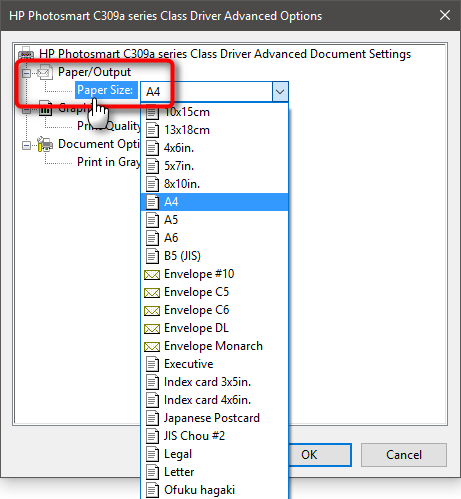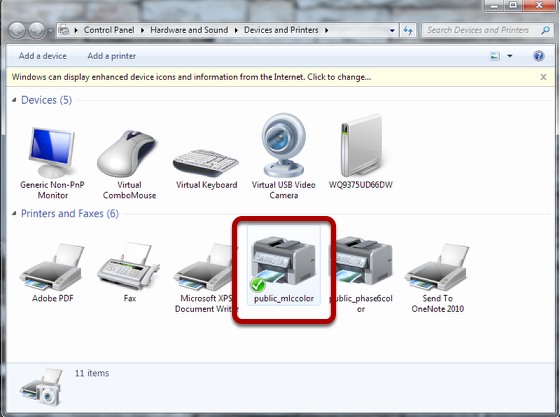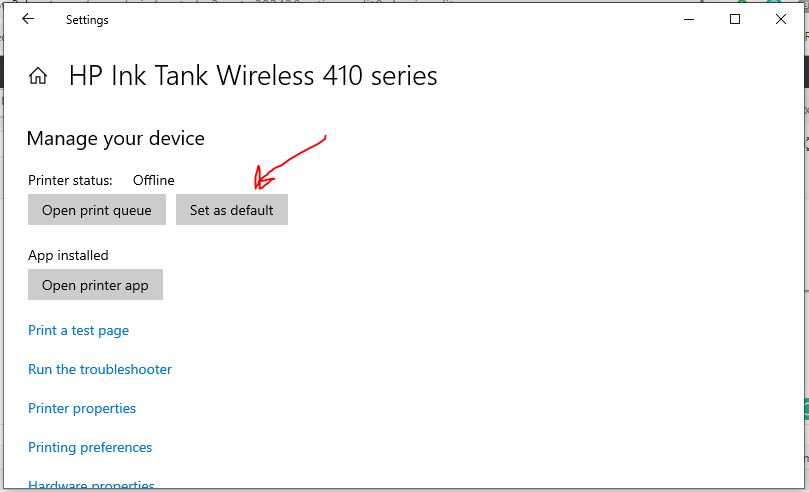

The scripted CMD or PowerShell have the challenge that they would apply any time the user logs on - you state you want the users to be able to change it.įor new users you could just change the default-profile - assuming the GPO is not sufficient.Īlternative - you could try to use the GPO as well but instead of creating a UDPATE LOCAL PRINTER you use NEW SHARED PRINTER and update it as well while only applying it one time - this would cause the users to have the designated default printer re-mapped - but it at least would bypass the possible issue that you create multiple local printers (per user) that would actually overwhelm the system.
Change printer default settings pro#
RUNDL元2 PRINTUI.DLL,PrintUIEntry /y /n "HP Officejet Pro 8500" This of course is only plan B if the GPO does not work as expected, respective would create additional local printers I am not 100% sure how this will behave in your specific caseĪlternative you can look in to PowerShell commands (Technet: ) or this CMD command: Now - this is tricky - cause your RDS server is the print-server as well and has all the printers already local.

configure as is / should be - same name - name port.User Configuration \ Preferences \ Control Panel Settings \ Printers.this GPO is applied to the RDS server - you need to loop it back / merge / in order for the user settings to be applied.Computer Configuration \ Administrative Templates \ System \ Configure user Group Policy loopback processing mode.this should be applied on the RDS server OU level.If you are using Word 2016 for Mac, go to /Users/ username/Library/Group Containers/UBF8T346G9.Use GPOs - but there are multiple settings - so let me explain: In the Open dialog box, browse to the folder that contains the Normal.dotm file. If you open Normal.dotm from the Finder, Word will create a new blank document based on the template. To make changes to Normal.dotm, you must open the file from Word. You can customize the Normal template and change default settings for many aspects of a document, such as text formatting, paragraph formatting, document formatting, styles, text, pictures, AutoText entries, and keyboard shortcuts. On the Format menu, click Document, and then click the Layout tab.Ĭhange other default settings in the Normal template

For example, the layout attributes for new blank documents are based on the Normal template. On the Format menu, click Document, and then click the Margins tab.Ĭhanging the default layout in any template means that the section breaks, headers and footers, and other layout attributes are used in every new document that is based on that template.

For example, the margins for new blank documents are based on the Normal template. Make any changes that you want, and then click Default.Ĭhanging the default margins in any template means that the margin settings are used in every new document that is based on that template. On the Format menu, click Font, and then click the Advanced tab. Open the template or a document based on the template whose default settings you want to change. For example, the character spacing for new blank documents is based on the Normal template. Changing the default font also changes the Normal style, which affects any other style that is built on the Normal style.Ĭhanging the default character spacing in any template means that the settings for scale, spacing, position, kerning, and other typographic features are used in every new document that is based on that template. Note: Most of the styles in Word are based on the Normal style.


 0 kommentar(er)
0 kommentar(er)
